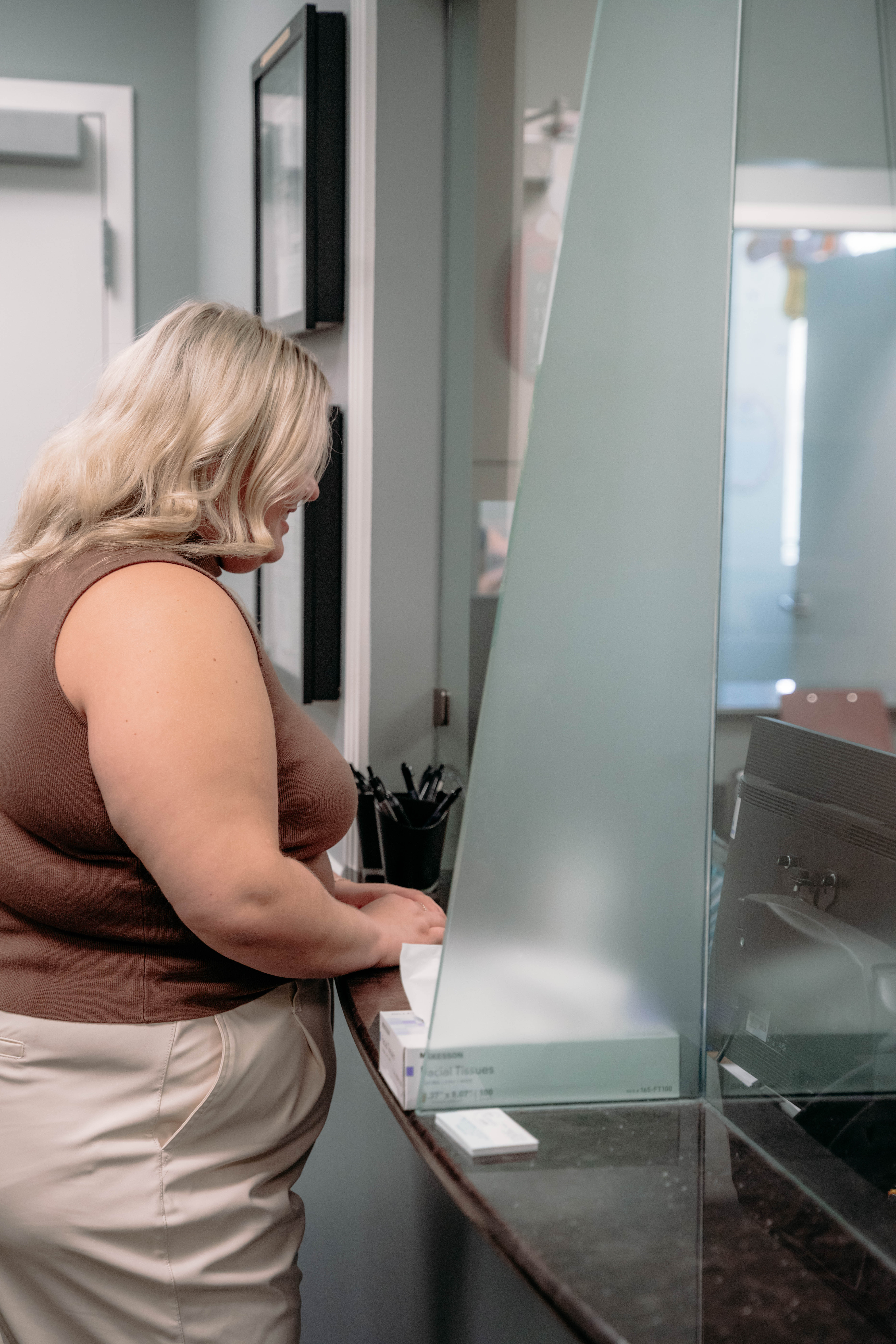When it comes to contraception, the market has many options — birth control pills, Depo Provera injections, diaphragms, cervical caps, long-acting reversible contraception, and emergency contraception pills, to name a few. While these alternatives may be viable for many women, at some point you may be considering a permanent solution. Whether you have enough kids or you know you don’t want any, the thought of having your tubes tied may be lingering somewhere in your mind. But, what exactly does the surgery entail? Can anyone get it? Are there any side effects?
What is laparoscopic tubal ligation?
A laparoscopic tubal ligation is the most common way to get your tube tied — the other one being a mini-laparotomy tubal ligation. It’s a permanent method of birth control where the fallopian tubes are either blocked or cut, blocking the eggs released by the ovaries from reaching the uterus and being fertilized by sperm.
Benefits of Getting Your Tubes Tied
One of the major benefits of getting a laparoscopic tubal ligation is that it provides a permanent form of birth control — providing more than 99% protection against pregnancy. In addition, unlike other forms of contraception, it doesn’t affect your hormones, so you won’t experience typical side effects like weight gain, mood swings, cramps, or heavier periods. It also takes away the worry of always remembering to take a pill or putting in a diaphragm.
Side Effects of Getting Your Tubes Tied
As with any surgery, you will likely feel pain afterward. If such is the case, your doctor may prescribe medications to help you manage it. In addition, you may experience:
- Nausea
- Swollen abdomen
- Neck pain
- Shoulder pain
- Sore throat
Requirements for Getting Your Tubes Tied
Laparoscopic tubal ligation is not performed on everyone who requests it. To be considered a good candidate, you must meet certain criteria:
- Be in overall good health
- Not suffer from endometriosis
- Have never had pelvic inflammatory disease (PID)
- Have never had abdominal surgery
- Be in a healthy weight
- Must not have recently given birth
What to Expect During Surgery To Get Your Tubes Tied
Prior to the surgery, the surgeon will administer general anesthesia. They will then make an incision — about an inch long — below the belly button. The abdominal cavity is filled with gas to have a better view of the tubes and to avoid damaging nearby organs. The next step is to insert a laparoscope (a thin tool with a small video camera and light at the end) to view the fallopian tubes. The surgeon will then make a second incision to close or block the tubes with clamps or clips, or by sealing them with electrocautery. The incision is then stitched closed. The scars from the incisions are minimal.
The entire process takes about half an hour. You will then be taken to a recovery area for observation for several hours. Either your physician or a nurse will give you written instructions for post-operative care, and you will likely be able to leave the hospital the same day of the procedure.
Laparoscopic Tubal Ligation Recovery Time
The recovery time for a laparoscopic tubal ligation is relatively short — with most women returning to their regular daily routines after three days. However, there are certain restrictions on what you can do until you fully heal:
- Keep your bandages in place until your doctor instructs you to.
- Do not consume alcohol for 24 hours after being released from the hospital.
- Abstain from having sexual intercourse for a week after surgery.
You will be able to bathe or take a shower at any time once the procedure has been completed. It may take up to six weeks for menstruation to return, and when it does, it may be heavier and more painful than usual for the first handful of cycles.
OB-GYN Women’s Center Can Provide Treatment
At OB-GYN Women’s Center, we understand that when faced with infertility, things can get heartbreaking and overwhelming.
Contact us to schedule an appointment. Let’s discuss your options and find out the best course of action for you.




